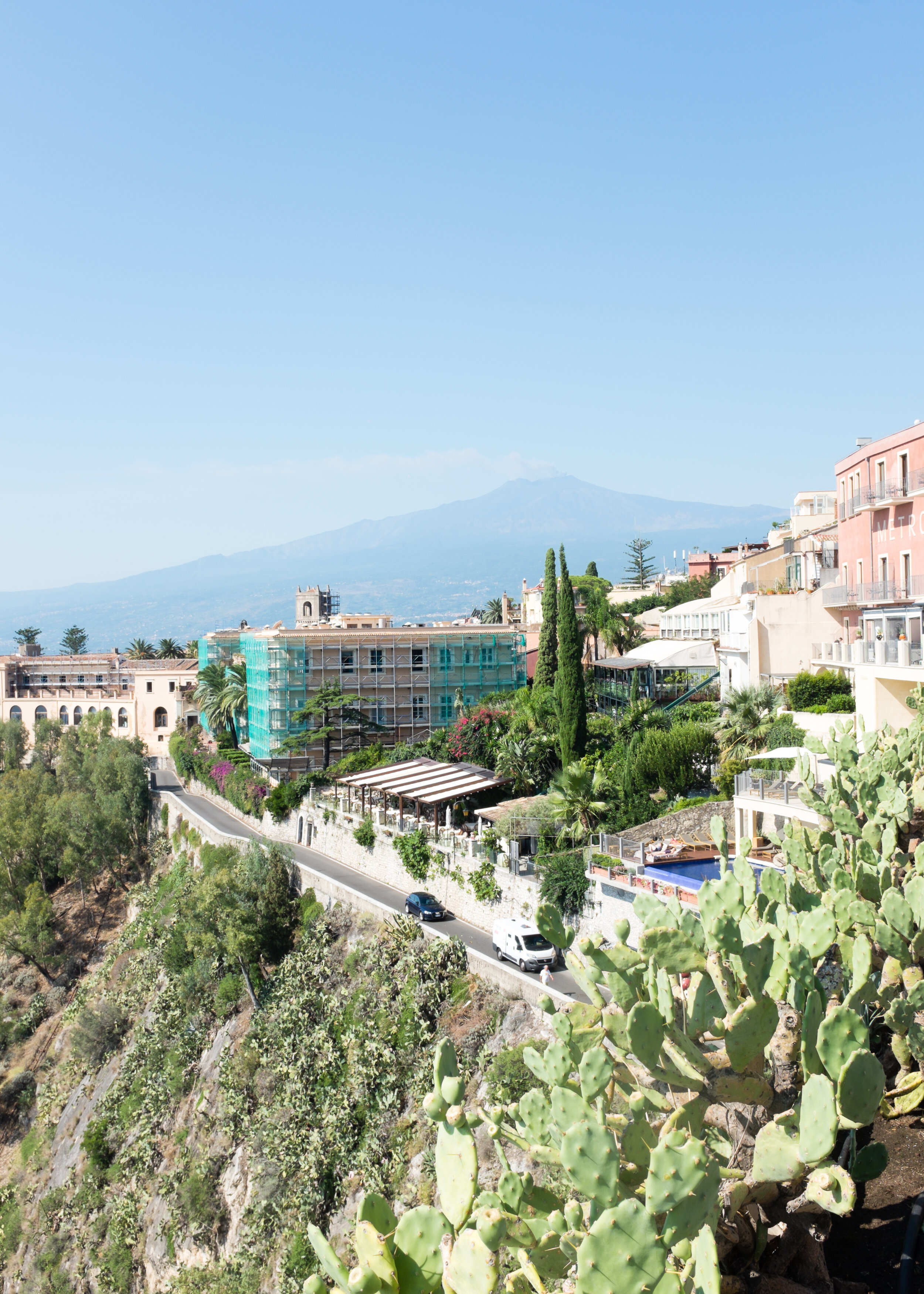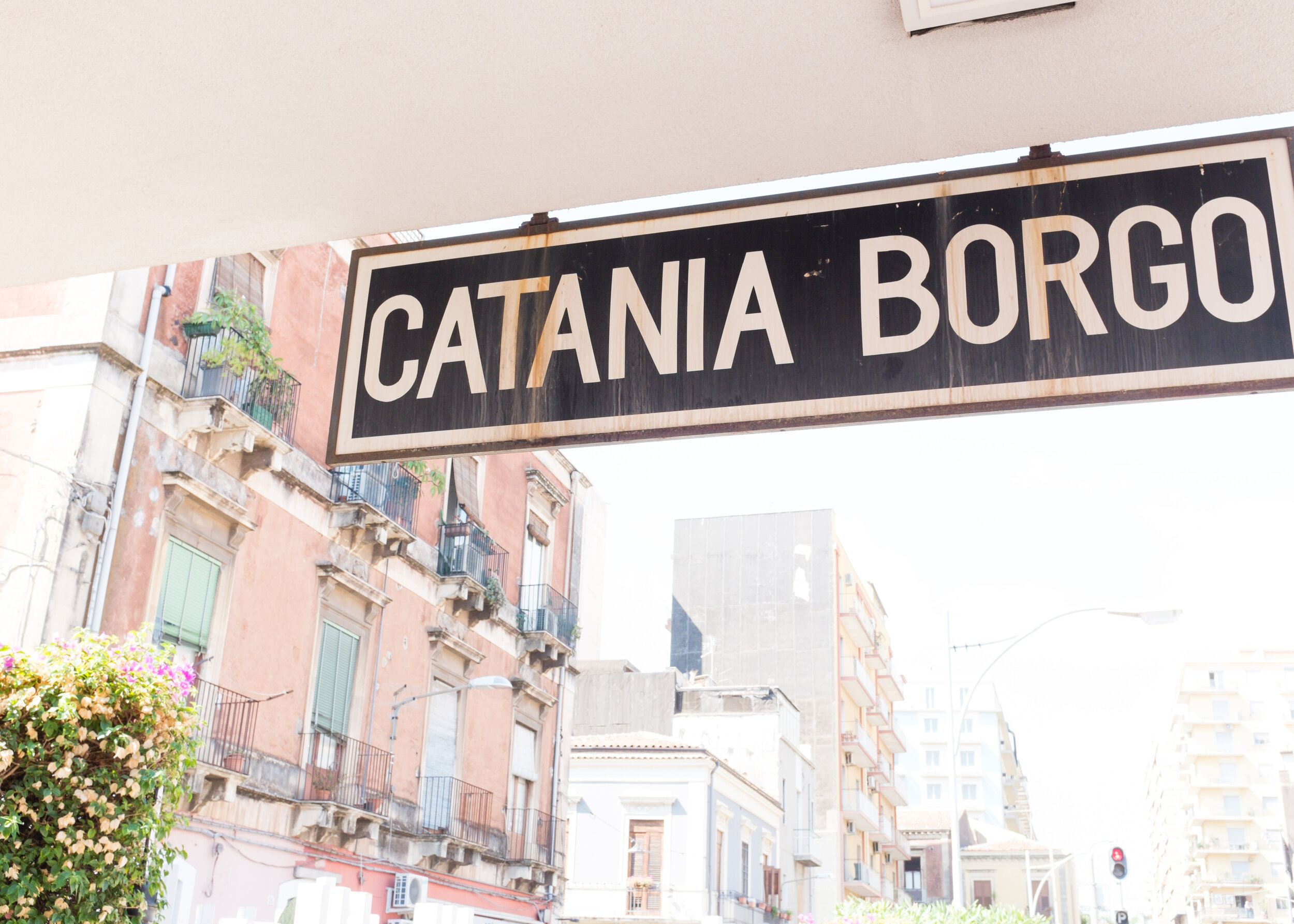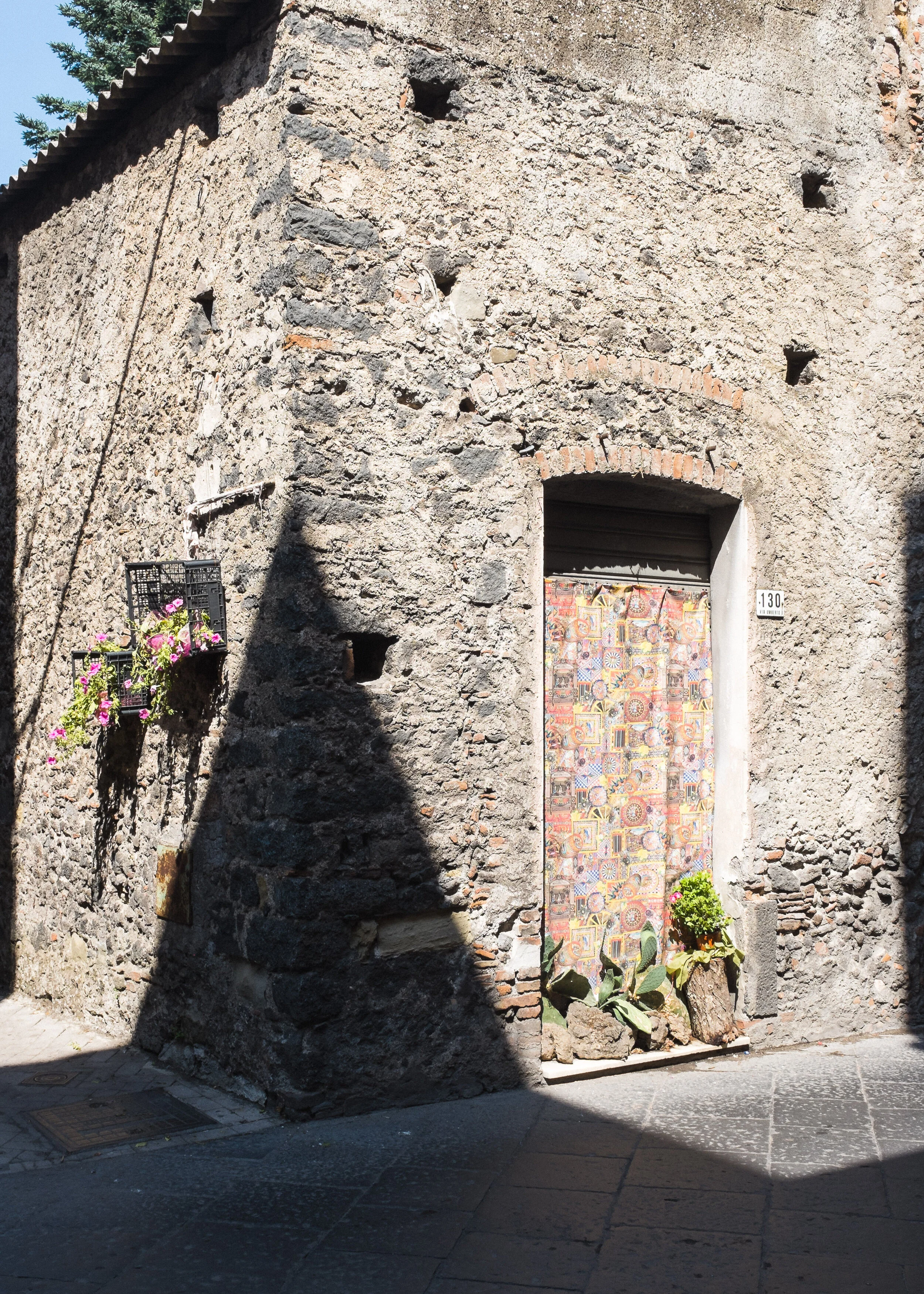Italy - Sicily
Sicily. The home to jaw dropping coastlines, rustic looking but truely flavourful lemons, endless numbers of prickly pears, several active and none active volcanoes, ancient historical remains and breath taking views. It houses a criss cross of culture and history which can be seen in the remarkable contrast from town to town. The best part of travelling to Sicily? Read on to find out…
If you are not familiar with Italy - it is divided into 20 regions, each extremely unique and distinct from the other. Some regions you maybe familiar with are Tuscany, Sardinia, Sicily, Basilicata and Puglia. Other, maybe less well known regions include Marche, Veneto, Lombardy, Umbria.
Sicily, located at the bottom of the tip of the boot, has the population of 5 million. It is rather secluded compared to many of the other Italian regions as it is surrounded by the Mediterranean sea. You will find amazing beaches, mountainous hikes, vineyard and wine tours, ancient Greek ruins, the cheesiest and most mouth-watering street food, and the largest Opera House in Italy. But what was the most memorable, monumental and mesmerising experience for us?
Reaching the summit of one of the tallest active volcanoes in the world, hearing the rumbles of lava within a stone’s throw and feeling the hot volcanic rock with our bare hands. Mount Etna is one of the two largest active volcanoes in the world. There is an extensive mythological footing about the history of Mt. Etna’s eruptions, but to the point, it has been known to destroy surrounding towns and villages on numerous occasions.
Mt. Etna reaches just under 3,500 m. It is one of the three tallest volcanoes in Italy but is one of the most active in the world. Because of its activeness, the soil is known for it’s fertility, thus housing extensive agriculture, including orchards, vineyards and honey farms. This mountain is understood to be over 500,000 years old. The eruptions can occur in one of the five craters - they vary in size and altitude. These variants determine if inhabitants surrounding the bottom and further reaching to the coastline, are threatened. The volcanic activity form what is known as the summit eruptions which can be seen and heard but rarely affect humans past this point. It is the Flank eruptions that can cause devastation far greater than the summit eruptions. Flank eruptions explode and run down the mountain, stopping at only a few hundred meters in altitude where towns and villages have been built.
So why would locals choose to stay when they are in danger of having their lively hoods destroyed by hot volcanic rock? From a local himself - “We live here because she (Mt. Etna) is beautiful. It provides happiness to many people and this is why we choose to adapt to what ever she throws at us. For the most part, she shows off her beauty from afar.”
To experience reaching the summit of Mount Etna a tour is not only very much advised but needed (you cannot go between 2500 and 3100m without a guide). Excursions Etna is one of the biggest tour companies which means they offer guided tours in a number of different languages. You are ensured to be good hands, both for safety and to get the best insight and first hand knowledge from locals. They also have great connections up on the mountain, so you are always able to cut long queues.
Another must see part of Sicily is the ancient Greek ruins perched on top of a hill located in Taormina. It is a 10€ entry fee but it is well worth it. Walking through and around the 3rd century B.C. Greek theatre (yes Greek in Italy) you are able to see and feel the remains. The view speaks for itself - overlooking the Mediterranean Sea and Mount Etna. The theatre was altered in 2nd century B.C by the Romans but the structure and facade was kept similar to its original form.
To get to Taormina, there is a speed or slower train that runs along the coastline, connecting many of the smaller and larger towns together. It costs around 4€ per person. Sleep or watch the blue water flash past your eyes.
If you are wanting to see what lies at the bottom of Mount Etna, there is an old 1940s train that departs from a small stop in Catania - Catania Borgo - and tracks through surrounding towns that form the base of the mountain. The train is very old, so be wary that you may have to get off it a few times for maintenance (maybe in switch to a slightly more modern train… from the 60s). The whole track takes about 3 hours but you will need to stop in a small medieval town - Randazzo - and transfer. The other train only departs twice. day - 13.15 or 17.15. Make sure you get on either one otherwise you maybe a little stuck. Randazzo is amazing. There isn’t a lot going on in terms of places to eat, things to do or people around but this in itself is unique. There is rare and spectacular medieval castle that sticks out like a sore thumb. The small alley way style roads offers a constantly picture perfect moment - flowers, balconies, arches and random cats, forming such a striking image.
When you hear that the Sicilian street food is good, believe it. At every corner there are baskets of fresh fruit and vegetables bursting with natural flavour as well as their most well known delicacy, arancini. Always about as big as your fist, they ooze with melted mozzarella. We preferred the vegetarian over the meat, but both are great.
I will be perfectly honest here, Catania is a nice town, but there isn’t a lot to do. The beaches are more like rocky viewing points, the main centre is over run with extravagant weddings (sometimes a few a day), tourist traps left right and centre but most of all, the food at restaurants was not great. At the top of the Main Street in town, although filled with mainstream souvenir stores, rests a beautiful park. Take a walk around and it is quite amazing what activities or small groups you will find entering into true Italian culture.
It’s difficult to pin point how the Sicilian way of life and presence is in a few words - free spirited, though crazy tempered at times, relaxed, although a little too relaxed during the siesta period from 3pm-6pm, Italian in roots, but showing remanence and form of other European cities. To understand their culture, is to understand the intertwining of historical events, other cultural influences that has implanted an almost irreversible imprint on their society but to also acknowledge, expect and experience the way the Sicilian people live, breathe and connect with their land.















